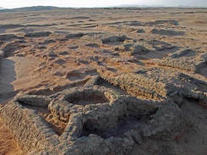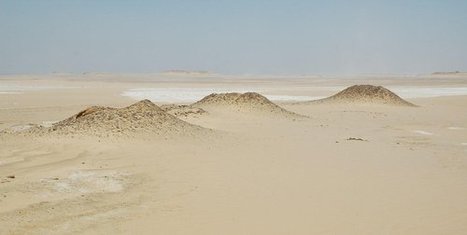At least 35 small pyramids, along with graves, have been discovered clustered closely together at a site called Sedeinga in Sudan.
Discovered between 2009 and 2012, researchers are surprised at how densely the pyramids are concentrated.
They date back to a time when a kingdom named Kush flourished in Sudan. Kush shared a border with Egypt and, later on, the Roman Empire. The desire of the kingdom's people to build pyramids was apparently influenced by Egyptian funerary architecture.
Because it lasted for hundreds of years they built more, more, more pyramids and after centuries they started to fill all the spaces that were still available in the necropolis." [See Photos of the Newly Discovered Pyramids]



 Your new post is loading...
Your new post is loading...








